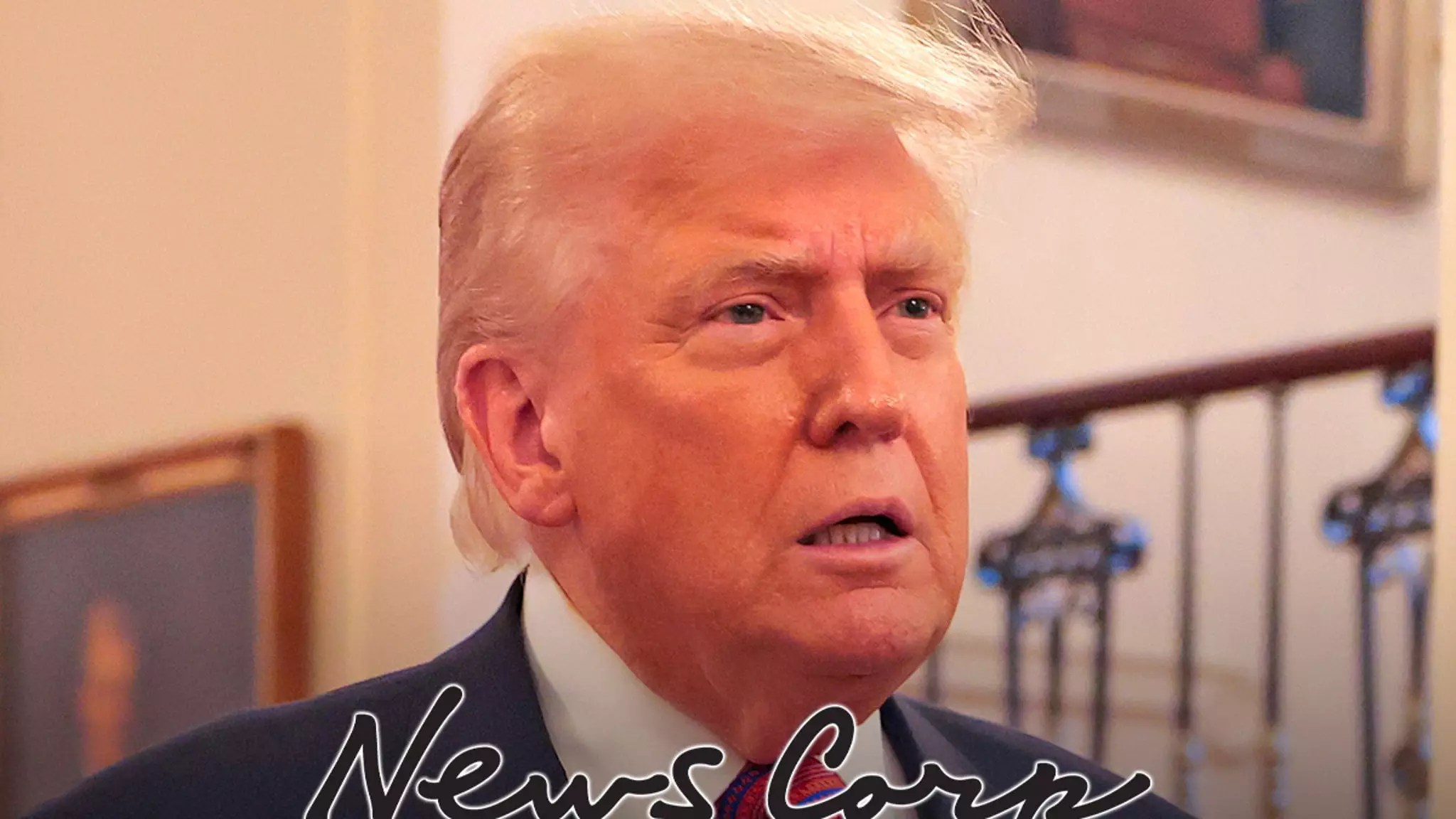In an era dominated by instant news and social media dominance, the ability to challenge false narratives through legal avenues remains a crucial tool for accountability. President Trump’s recent lawsuit against The Wall Street Journal exemplifies a strategic effort to push back against what he perceives as malicious misinformation. By filing a $10 billion defamation suit, Trump underscores the importance of defending personal and presidential integrity in an environment where stories can be fabricated and amplified within hours. This move signals the escalating stakes of media credibility and the need for public figures to actively combat slanderous claims that threaten reputation and trust.
The lawsuit centers on a provocative story alleging that Trump created a salacious, graphic note involving Jeffrey Epstein. Trump’s legal team contends that the story was entirely fabricated, aiming to tarnish his character unfairly. This tactic—alleging that no authentic evidence exists—serves as a direct challenge to journalistic integrity, implying that mainstream outlets are sometimes driven by biases or external agendas rather than factual accuracy. Trump’s insistence that the story was intentionally false, coupled with accusations that top executives at News Corp directed its publication, reflects a broader concern about media collusion and manipulation.
The Media Landscape: A Battleground of Misinformation and Power
This incident highlights a larger issue inherent in modern journalism: the fine line between reporting and sensationalism. While the media’s role is to inform the public, it often risks crossing boundaries into psychological warfare, particularly when stories are weaponized against prominent figures. The WSJ’s swift publication of the article, despite a prior warning from Trump’s legal team, raises questions about journalistic responsibility and the influence of powerful conglomerates like News Corp. The involvement of high-level executives such as Rupert Murdoch and Robert Thomson, as alleged by Trump, signals the potential for editorial decisions to be driven by political or economic motives rather than journalistic standards.
Furthermore, the rapid dissemination of the story across social platforms—reaching millions within hours—illustrates how influential and far-reaching media narratives are today. Influencers, journalists, and followers act as amplifiers, often blurring the lines between confirmed facts and speculative or malicious stories. In such a landscape, legal remedies become vital for combatting falsehoods that can damage reputations instantly and permanently.
The Cultural War: Defending Personal Dignity Versus Media Power
President Trump’s reaction—branding the article as “fake news” and rallying public support via Truth Social—demonstrates a broader political and cultural divide over media trust. His claims of recent wins against mainstream outlets suggest a narrative where truth is increasingly intertwined with political struggle. While critics may see this as an attempt to silence dissent or obfuscate facts, supporters view it as a necessary stand against pervasive misinformation that undermines democracy.
Ultimately, this controversy spotlights the ongoing battle between media freedom and accountability. It raises critical questions: Should public figures have less recourse when faced with libel or slander? Does the current legal landscape provide sufficient protections against false narratives, or does it risk being weaponized to suppress legitimate scrutiny? As social and traditional media continue to evolve, so too must the mechanisms that safeguard truth and trust—an ongoing challenge for society.







Leave a Reply